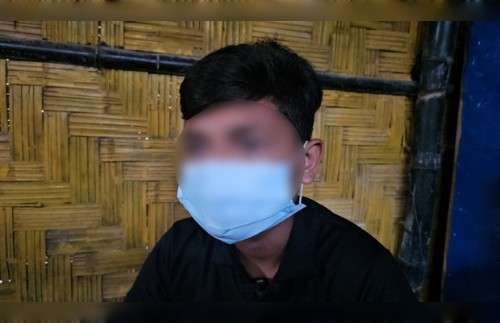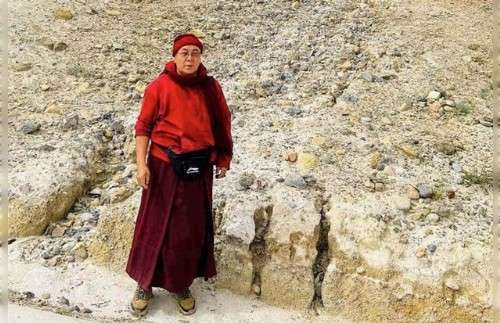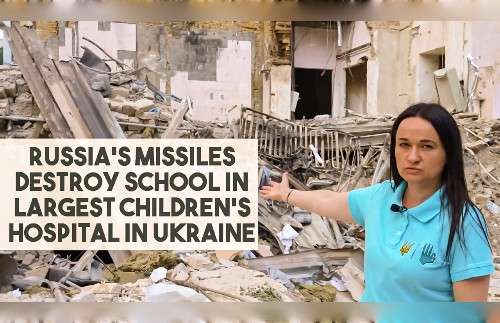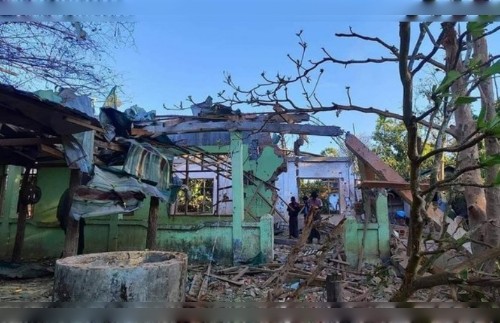An exclusive new visual investigation by Amnesty International and SITU Research shows that Iraqi security forces intended to kill or severely maim dozens of protesters when they fired military-style grenades directly into crowds on the streets of Baghdad from last October onwards.
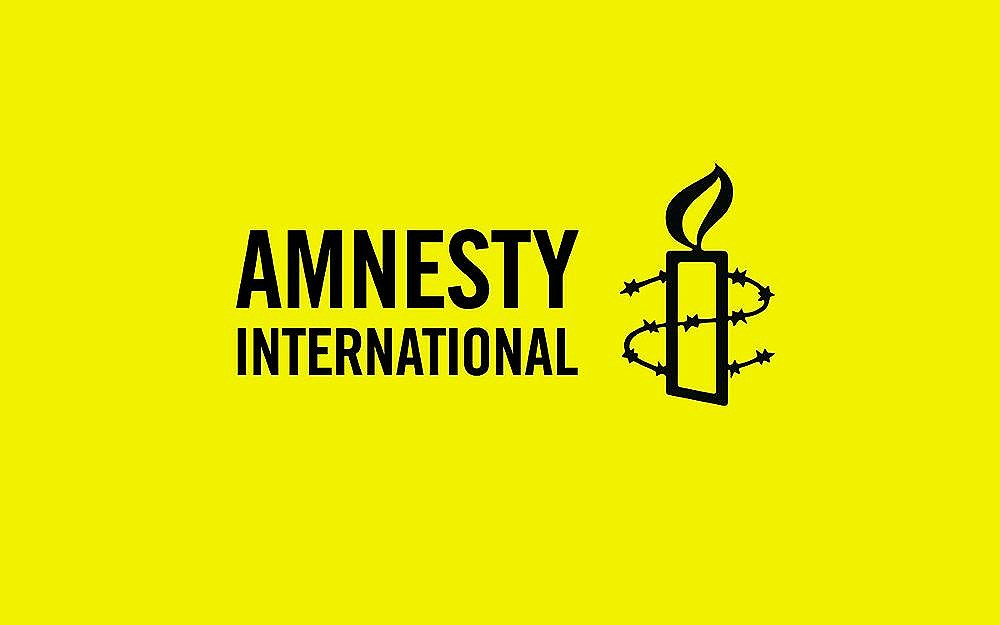
The organizations’ interactive website, Smokescreen – Iraq’s use of military-grade tear gas grenades to kill protesters, includes a 3D reconstruction of deadly incidents captured on video around the capital’s Tahrir Square and Jimhouriya Bridge. The distinctive grenades are known to have mortally wounded at least two dozen protesters in that area since October 2019.
Overwhelming evidence points to a pattern of Iraq’s security forces deliberately using these heavy tear gas and smoke grenades to kill, rather than disperse, protesters, in direct violation of international human rights law
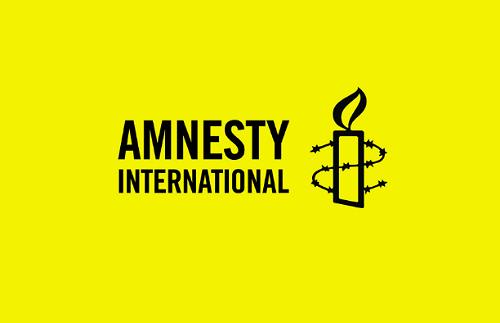
Brian Castner
Senior Crisis Adviser on Arms and Military Operations at Amnesty International
Ballistics simulations and spatial analysis presented on the Smokescreen website show how the projectiles were fired to kill or cause serious bodily harm.
“Overwhelming evidence points to a pattern of Iraq’s security forces deliberately using these heavy tear gas and smoke grenades to kill, rather than disperse, protesters, in direct violation of international human rights law,” said Brian Castner, Senior Crisis Adviser on Arms and Military Operations at Amnesty International.
“The videos analyzed for this report clearly show a pattern of abuse and lethal use of force against Iraqi civilians. It is critical to analyze these weapons in relation to the urban spaces in which they are deployed – this visual investigation tracks the performance of the weapon in relation to the streets, plazas and spaces of assembly where so many have been killed,”

Brad Samuels
Founding Partner of SITU Research
“The security forces knew how deadly these abhorrent weapons were, but continued to fire at will, leading to a string of at least two dozen gruesome fatalities.”
“The videos analyzed for this report clearly show a pattern of abuse and lethal use of force against Iraqi civilians. It is critical to analyze these weapons in relation to the urban spaces in which they are deployed – this visual investigation tracks the performance of the weapon in relation to the streets, plazas and spaces of assembly where so many have been killed. Brad Samuels, Founding Partner of SITU Research
Deadly design
According to a press release by Amnesty International, the new analysis builds on an earlier Amnesty International investigation that was the first to identify the distinctive grenades – sometimes nicknamed ‘smokers’ by protesters – as two types based on high-explosive military grenades designed for combat. These include M99 grenades made by Serbian manufacturer Sloboda Ĉaĉak as well as M651 tear gas grenades and M713 smoke grenades manufactured by the Defense Industries Organization (DIO) of Iran. Independent weapon investigators later corroborated this.
The communique further says, weighing around 250 grams, these grenades are up to 10 times heavier than standard tear gas canisters. However, they are fired at roughly the same muzzle velocity – the speed at which they leave the grenade launcher – meaning they have significantly more force upon impact, especially when fired at a low angle.
Such force resulted in horrific casualties as heavy metal slugs pierced protesters’ skulls and bodies, with smoke often still billowing from the open wounds. The fatalities were among the most graphic ever seen by the experienced Amnesty International investigators verifying the videos.
SITU Research used a digital model to simulate firing one of the grenades into ballistic gelatin – analysis commonly used by weapons and forensics experts to test the type and severity of wounds caused by bullets and other projectiles. The grenade had a remarkably similar impact on the gelatin as a 12-gauge shotgun slug specifically designed for hunting. In other words, when fired directly at a target at a low angle, the so-called “less lethal” grenades are every bit as deadly as heavy ammunition that is expressly designed to kill.
Intent to kill, not disperse
Reviewing verified eyewitness video from the scene, Amnesty International’s Crisis Evidence Lab and SITU Research pieced together how Iraqi security forces deployed these weapons.
In multiple videos taken from different vantage points on or near the Jimhouriya Bridge, masked security forces at barricades and on a patrol boat can be seen firing the grenades at a low angle directly towards a crowd of protesters nearby. In other footage, the grenades can be seen whizzing past the protesters’ heads at high velocity.
Through reviewing eyewitness video as well as gathering testimonies from protesters and medical workers, Amnesty International has documented more than two dozen deaths caused by these heavy grenades since the protests began in October. Since the research relied on verifying available video evidence and corroborating with testimony on the ground, the real number may be much higher.
Disturbingly, following a lull in their use in late November and December, images emerged showing fresh use of the grenades in January and February 2020.
Excessive use of force
Since 1 October 2019, throughout the protests in Baghdad and southern Iraqi governorates, Amnesty International has documented security forces using excessive – and, in hundreds of cases, lethal – force to disperse protesters in a variety of other ways. This includes masked gunmen and snipers using live ammunition, hunting rifles and shotguns firing pellets and birdshot, batons used to mete out severe beatings and a host of other instances of inappropriate and unlawful weapon use.
“This new analysis just reinforces our belief that these munitions have no legitimate use in policing demonstrations,”

Brian Castner
Founding Partner of SITU ResearchDespite this widespread, arbitrary use of force, including hundreds of killings , virtually nothing has been done to hold the Iraqi security forces to account.
“This new analysis just reinforces our belief that these munitions have no legitimate use in policing demonstrations. The Iraqi authorities must recall these grenades from use immediately, and there must be independent and impartial investigations into their use and into the wider pattern of violations that resulted in hundreds of killings and thousands of injuries during the protests,” said Brian Castner.
Escaping from Scam Center on Cambodia’s Bokor Mountain
UN Security Council Meets to Discuss Children and Armed Conflict
10 Shocking Revelations from Bangladesh Commission’s Report About Ex-PM Hasina-Linked Forced Disappearances
Migration Dynamics Shifting Due to New US Administration New Regional Laws
UN Security Council Meets to Discuss the Maintenance of International Peace and Security and Artificial Intelligence
Winter Brings New Challenges for Residents living in Ukraine’s Donetsk Region
Permanent Representative of Israel Briefs Press at UN Headquarters
Hospitals Overwhelmed in Vanuatu as Death and Damage Toll Mounts from Quake
Subscribe Our You Tube Channel
Fighting Fake News
Fighting Lies













